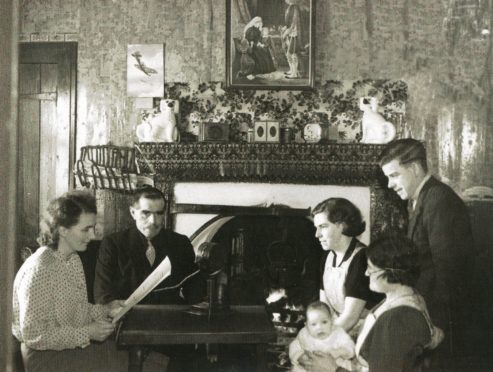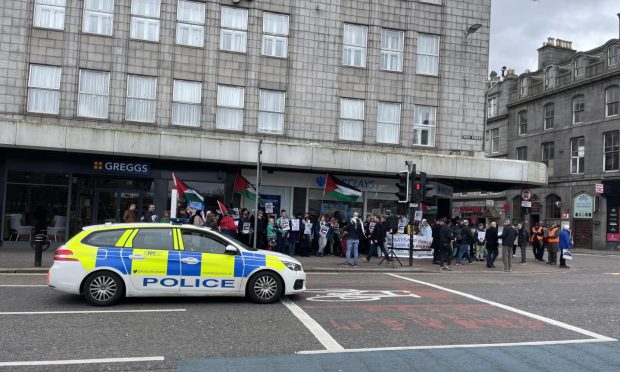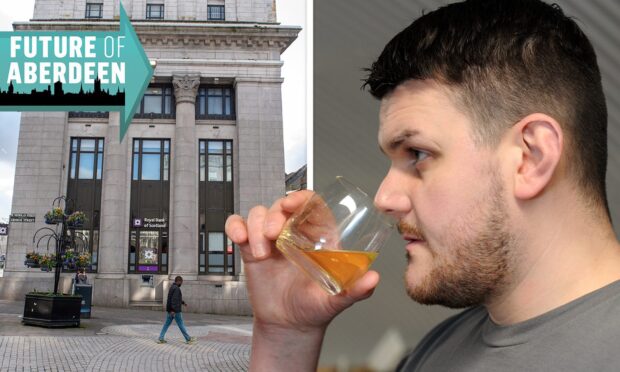For many, there is no greater symbol of the power of the Christmas spirit than the First World War truce.
The unofficial ceasefires across parts of the Western Front in 1914, where games of football broke out between British and German soldiers, has been mythologised and referenced in films, books and songs in the century since.
>> Keep up to date with the latest news with The P&J newsletter
But there are also lesser-known examples of soldiers’ experience on the front during the festive period, what their lives were like and how they tried to stay in touch with their loved ones back home.
A delve into the archives at the Gordon Highlanders Museum gives an insight into the lives of thousands of local men who served in conflicts while life back home continued.
At the beginning of the Second World War there was a period known as the “phoney war” where thousands of men from the north-east were mobilised in the autumn of 1939 and stationed in the south of England.
As Christmas approached many were given a short trip home before embarking for France in January 1940.
This would be a brief moment of happiness for thousands of north-east troops who were part of the 51st Highland Division, which surrendered at St Valery-en-Caux on June 12, 1940.
The surrender, which came almost two weeks after the Dunkirk evacuations, is considered to be the single greatest disaster to affect Scotland during the conflict.
It affected the north and north-east of the country disproportionately as most of the approximately 10,000 men captured were from this area.
The museum’s records show that Charlie Irvine, from Bucksburn, took the opportunity to marry his sweetheart, Peg.
Just a day later, Mr Irvine re-joined the 5th Battalion Gordon Highlanders and later that year was captured at St Valery-en-Caux, France, almost a fortnight after the Dunkirk evacuations.
He was not reunited with his wife for another five years.
Meanwhile, the Hutcheon family of Balmedie also had the opportunity to share Christmas with sons Jack, Archie and Billy, who all served in the 5th Battalion.
They were selected to make a broadcast on BBC radio the following year where they reminisced about the joy of having all the family home for the festive period.
Sadly, and although they did not know it at the time, this was the last time the family would see Jack, who died while a prisoner of war in Stalag XXA in Torun, Poland in March 1941.
Stewart Mitchell, volunteer researcher at the museum, said: “All of these stories are a remarkable testament to the courage and fortitude of a generation of men, now almost all passed on, who found ways to celebrate Christmas and lift their spirits, despite the almost hopeless circumstances they had to endure.”










